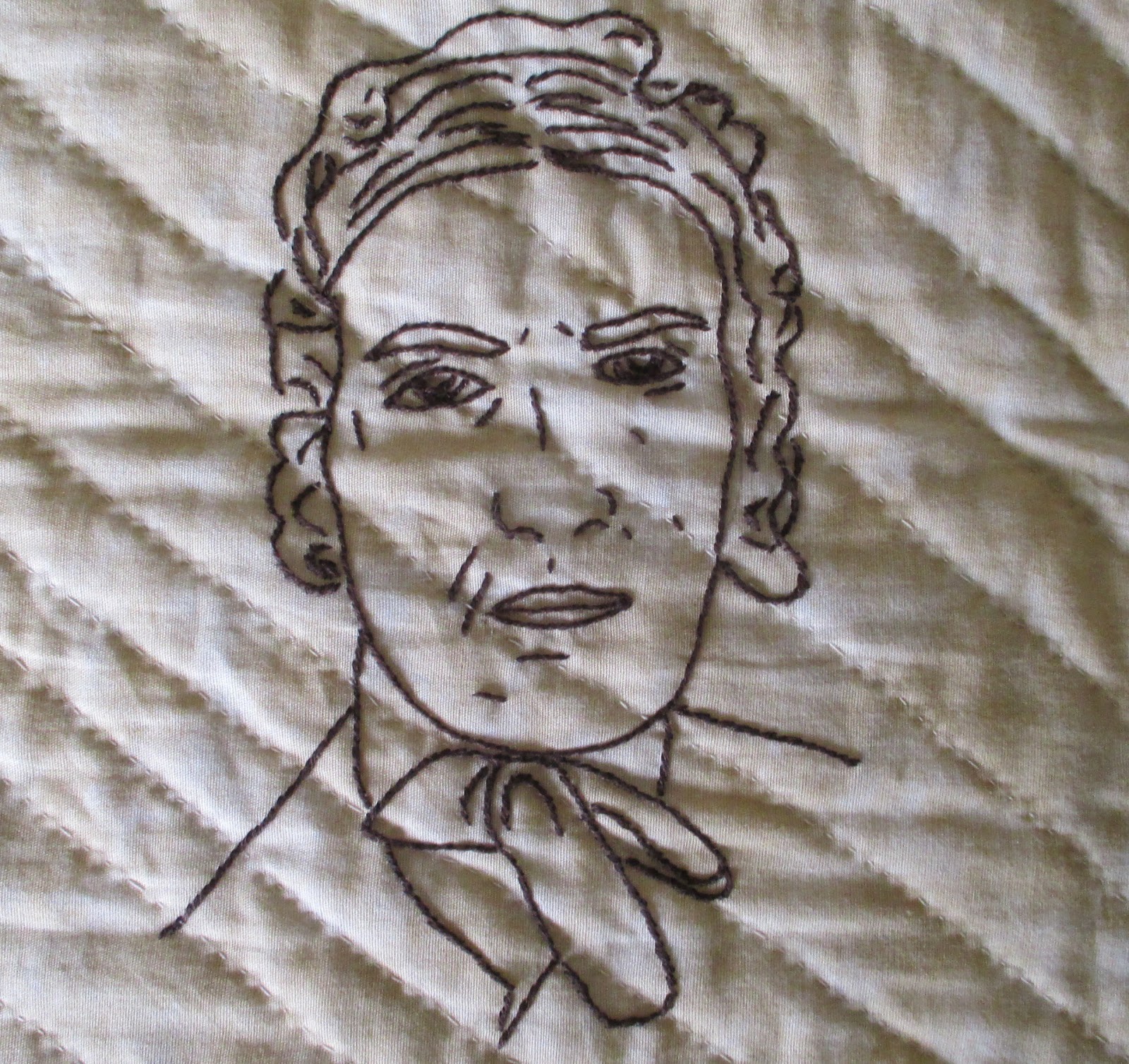One of the books I found was Jean Alicia Elster's "The Colored Car" based on her own grandmother's experiences growing up in Detroit and traveling from Detroit to Tennessee in 1922. Ms Elster garnered stories and recipes from her grandmother.
The Ford family lives in Detroit where Douglas runs a saw mill and his wife May uses her home economics education to put up food, sew clothes, and run the household. Several family recipes are included in the text. They live in a working class neighborhood of immigrants. May grew up in Tennessee and has not been back in nine years. There had been a terrible flood in her hometown and May decides it is time to go home and see her family again. She decides to bring her young daughters along.
Her eldest daughter Patsy is 12 years old, just taking over her brother's family chores now he is helping in his dad's business. The train trip seems a big adventure. Her mother has sewn new clothes for the girls, and they wear white gloves for traveling. They sit in upholstered seats and are served delicate sandwiches. But in Cincinnati they must change trains to ride in the "colored car". It has no cushioned seats and a stove spews out smoke. Patsy resists getting on. She had never encountered the Jim Crow laws of the south before.
How Patsy deals with her collision with a new reality is the focus of the second half of the book. Her grandmother gives her fabric to start her first quilt, a Fence Rail quilt. She tells her granddaughter that she is to put all her pain into the quilt. When the quilt is completed she will be free of the bad memories.
Patsy has been profoundly disturbed by her experience. The family faces another crisis but things turns out okay. There is drama in the book, but nothing to give a child nightmares. Ms Elster explores serious issues in context of a charming family's life.
As I was talking to the author I learned that quiltmaking played a role in the book. How cool was that? She was not a quiltmaker herself, but her family had many.
To make the Fence Rail quilt Patsy's grandmother gave her fabric to cut into 1 1/2" x 6 1/2" pieces. Patsy was given a brass thimble and shown how to use a running stitch to sew the quilt. Once the blocks were made she set them together and quilted the with a running stitch. What happens to the quilt? Read the book and find out!
For an interview with the author visit SORMAG"S Blog.
As Ms Elster notes in the forward to her book, the history of civil rights can be traced through lawsuits against the railroads. One early crusader was the formidable journalist and activist Ida B. Wells who appears on my quilt I Will Lift My Voice Like a Trumpet. Like Patsy, Ida resisted being sent to "the colored car" and started a campaign. Read more about her here:
http://www.biography.com/people/ida-b-wells-9527635#later-career
http://people.duke.edu/~ldbaker/classes/AAIH/caaih/ibwells/ibwbkgrd.html
On a personal note, my mother told me of her first train ride from Kane, PA to Albany, NY to see her grandparents. Mom was only five and had never seen a person of color before and the porters were African American. She asked my grandmother, "Why is that man brown?" My grandmother wanted to end the discussion and told her "Because he is made of chocolate." Well, my mom went up and bit the man on the hand! It was quite a shock to all involved.
Perhaps biting that poor porter taught Mom that we all have the same color blood; we all feel the same pain.
Americans carry a heavy legacy.
The Colored Car
Jean Alicia Elster
Wayne State University Press
ISBN-13:978081336069
$14.95











